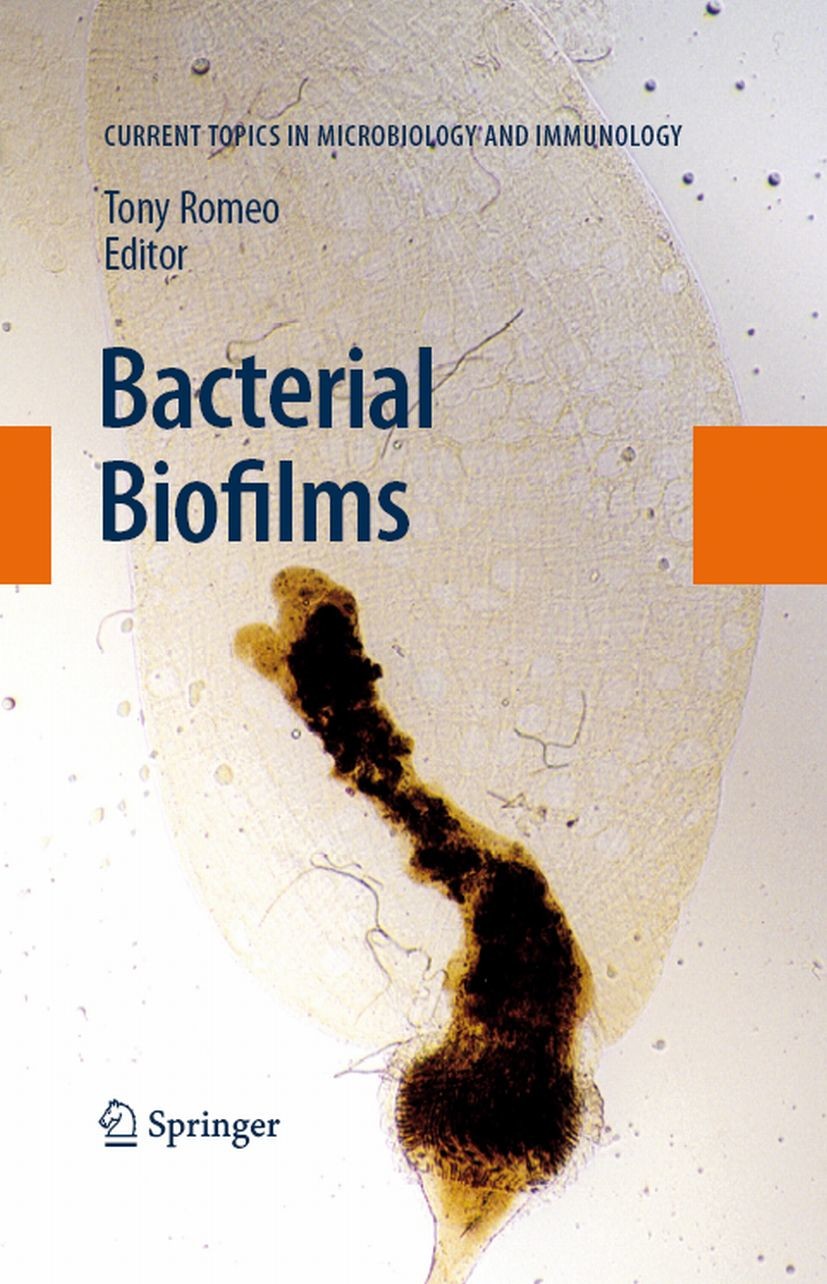Bacterial Biofilms
| Auflage | 1. Auflage, 2008 |
| Verlag | Springer-Verlag |
| ISBN | 9783540754183 |
Sofort zum Download (Download: PDF; Online lesen)
Produktbeschreibung
Throughout the biological world, bacteria thrive predominantly in surface-attached, matrix-enclosed, multicellular communities or biofilms, as opposed to isolated planktonic cells. This choice of lifestyle is not trivial, as it involves major shifts in the use of genetic information and cellular energy, and has profound consequences for bacterial physiology and survival. Growth within a biofilm can thwart immune function and antibiotic therapy and thereby complicate the treatment of infectious diseases, especially chronic and foreign device-associated infections. Modern studies of many important biofilms have advanced well beyond the descriptive stage, and have begun to provide molecular details of the structural, biochemical, and genetic processes that drive biofilm formation and its dispersion. There is much diversity in the details of biofilm development among various species, but there are also commonalities. In most species, environmental and nutritional conditions greatly influence biofilm development. Similar kinds of adhesive molecules often promote biofilm formation in diverse species. Signaling and regulatory processes that drive biofilm development are often conserved, especially among related bacteria. Knowledge of such processes holds great promise for efforts to control biofilm growth and combat biofilm-associated infections. This volume focuses on the biology of biofilms that affect human disease, although it is by no means comprehensive. It opens with chapters that provide the reader with current perspectives on biofilm development, physiology, environmental, and regulatory effects, the role of quorum sensing, and resistance/phenotypic persistence to antimicrobial agents during biofilm growth.
